
Their conclusions, reported Jan. 8 at the American Astronomical Society meeting in Kissimmee, Florida, clarify why quasar SDSS J1011+5442 changed so dramatically in the handful of years between observations.
"We are used to thinking of the sky as unchanging," said University of Washington astronomy professor Scott Anderson, who is principal investigator of the SDSS's Time-Domain Spectroscopic Survey. "The SDSS gives us a great opportunity to see that change as it happens."
Quasars are the compact area at the center of large galaxies, usually surrounding a massive black hole. The black hole at the center of J1011+5442, for example, is some 50 million times more massive than our sun. As the black hole gobbles up superheated gas, it emits vast amounts of light and radio waves. When SDSS astronomers made their first observations of J1011+5442 in 2003, they measured the spectrum of the quasar, which let them understand the properties of the gas being swallowed by the black hole. In particular, the prominent "hydrogen-alpha" line in the spectrum revealed how much gas was falling into the central black hole.
The SDSS measured another spectrum for this quasar in early 2015, and noticed a huge decrease between 2003 and 2015. The team made use of additional observations by other telescopes over those 12 years to narrow down the period of change.
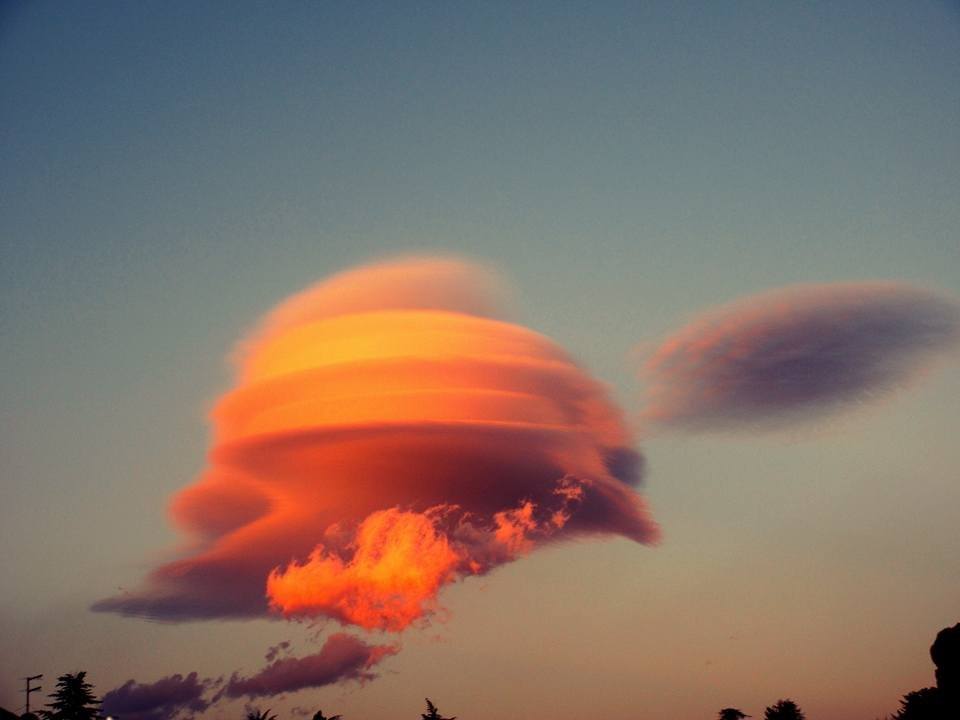
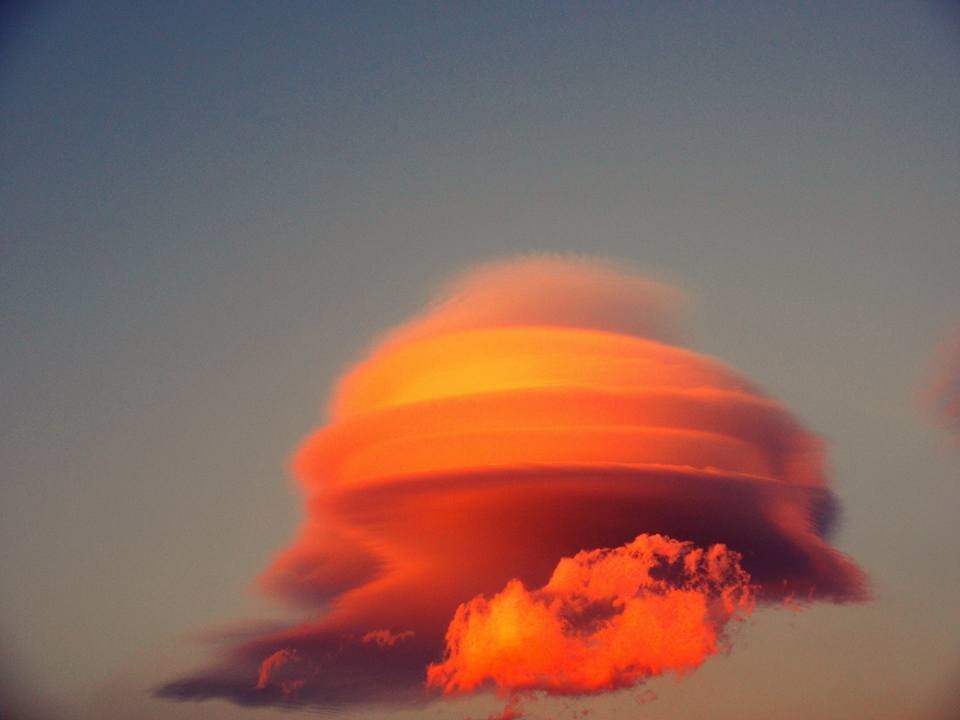
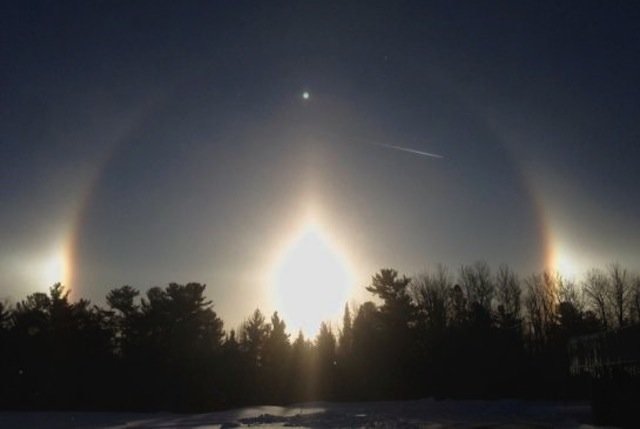
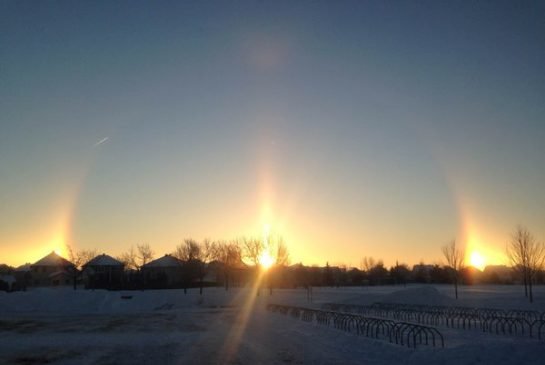
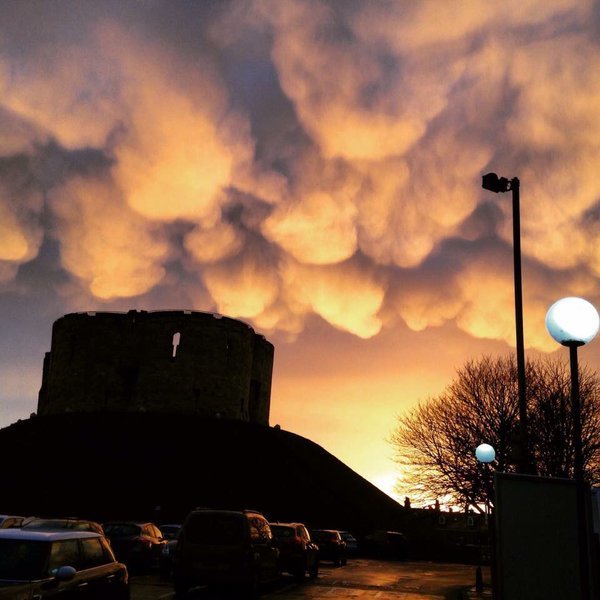
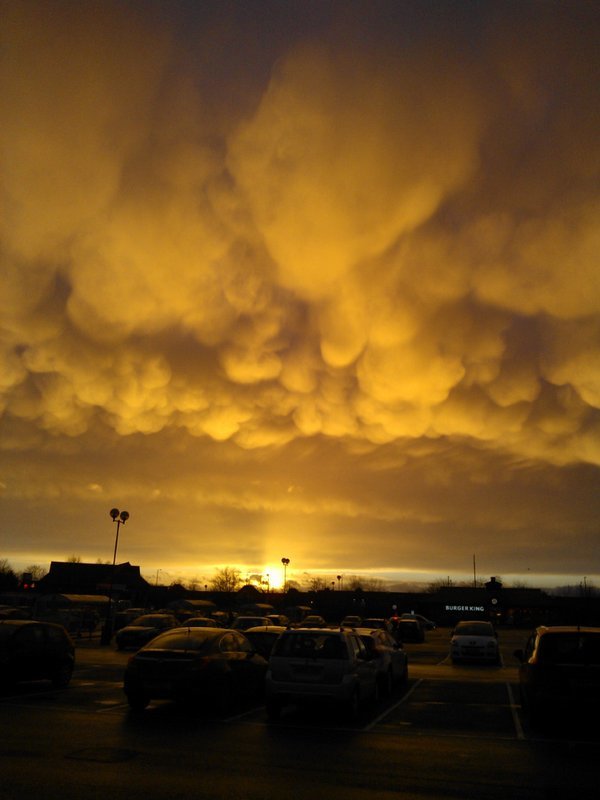

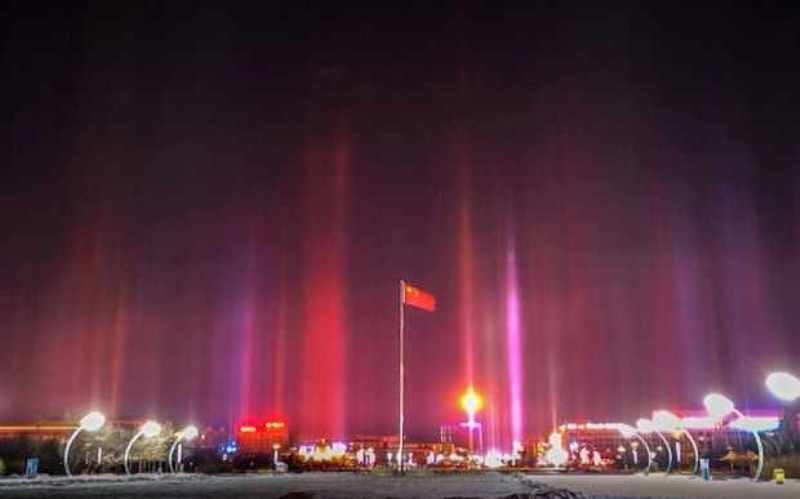

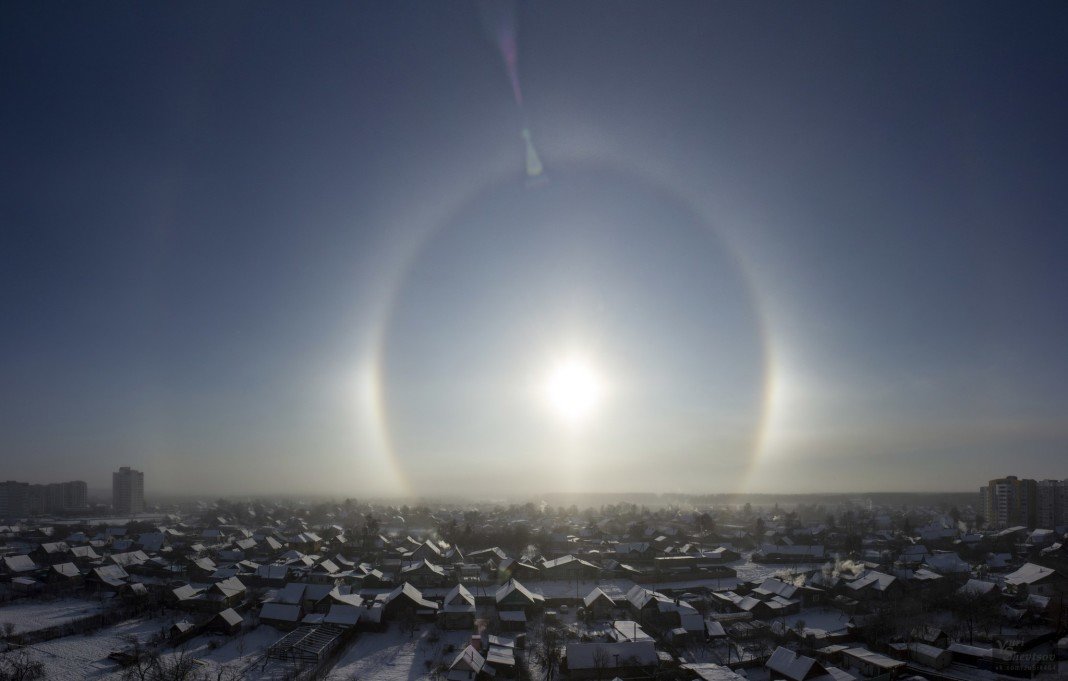
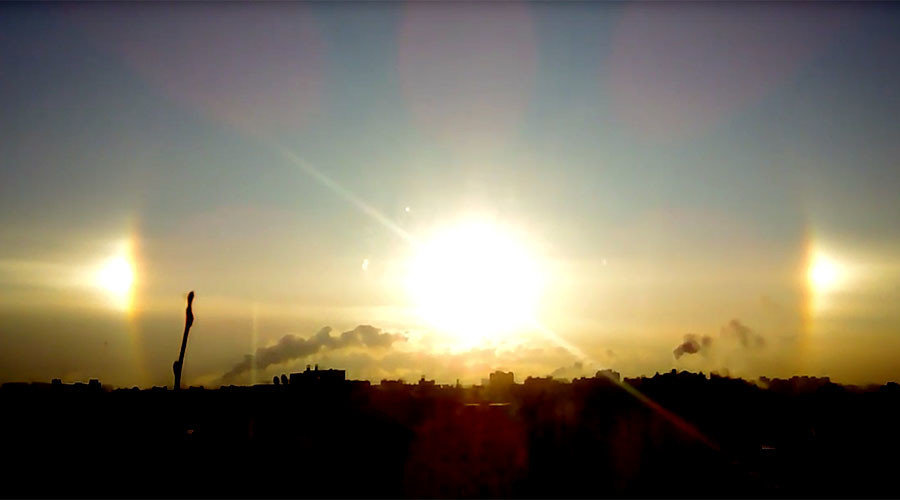
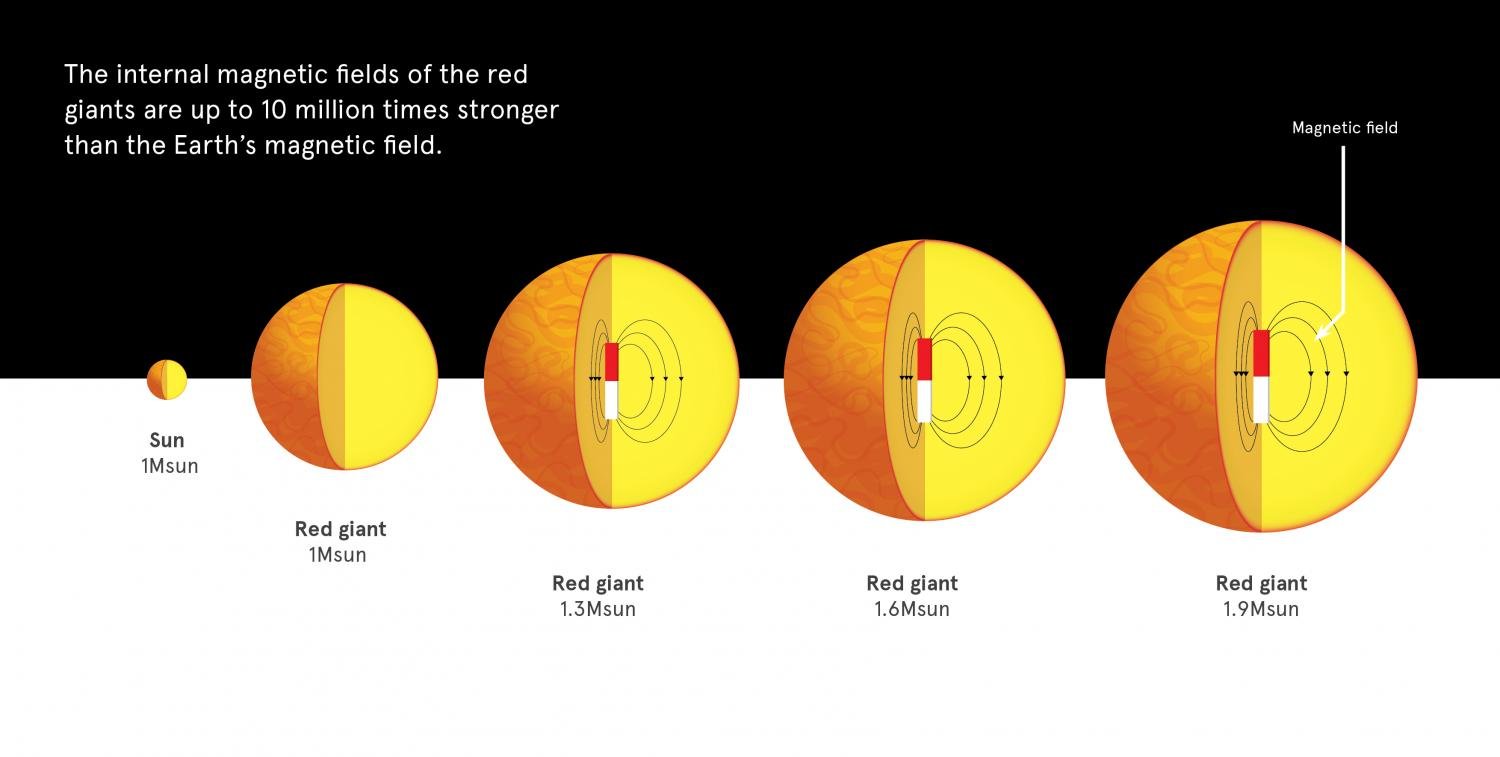



Comment: See also:
NASA space data supports citizens' observations: Meteor fireballs are increasing dramatically